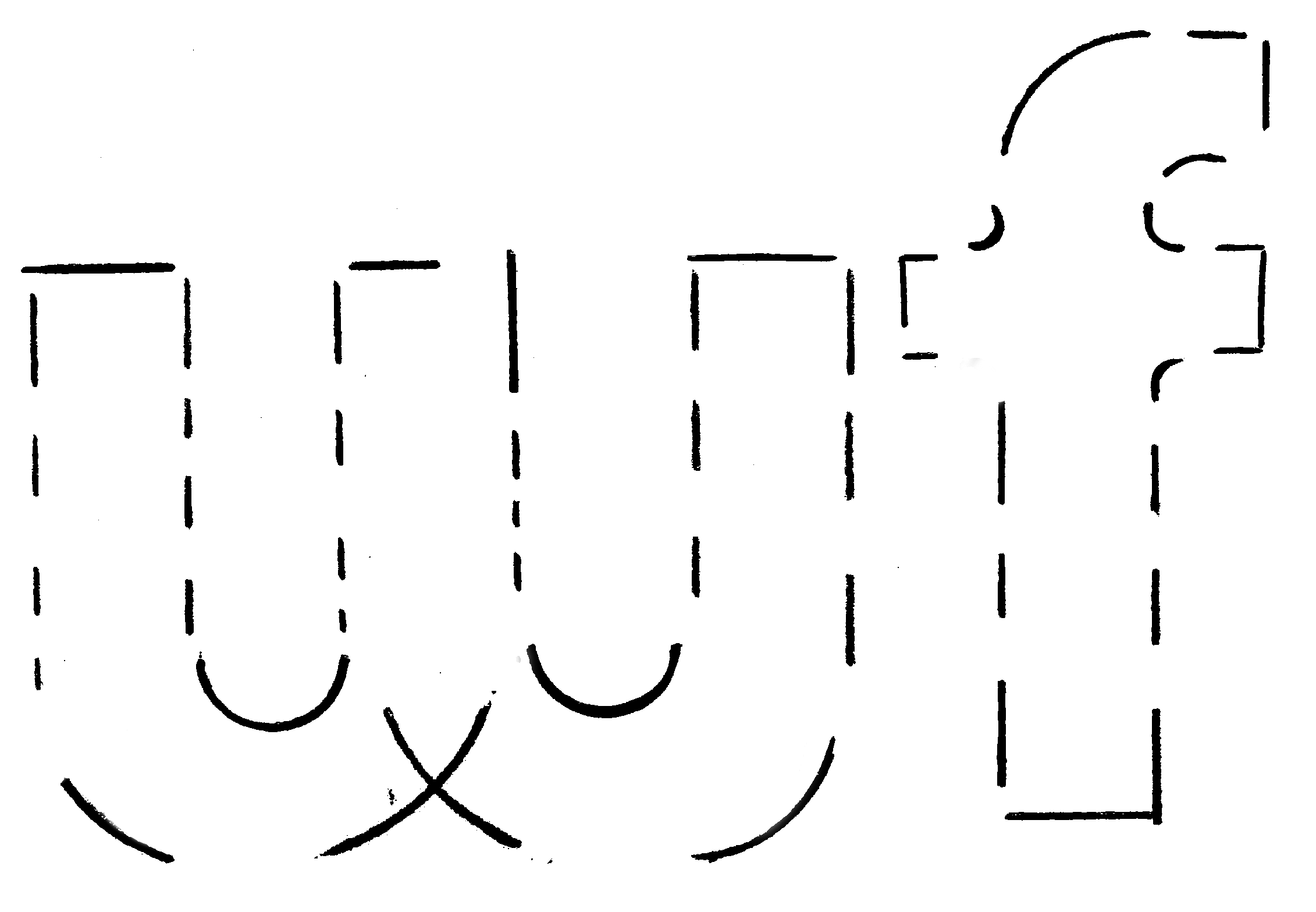Tom's Diary, An Art Convention
May 28 — Jun 11, 1982
Description:
Tom’s Diary, An Art Convention was a performance by Tom Graff that unfolded in three parts: "We Should Take the Mona Lisa at Face Value," "You Have to Believe it to See it," and "The Surgical Masque." He was joined by a cast of fifteen, which included the Surgery Theatre Choir, a pianist, and a timpanist to present this sprawling performance based on his diaristic writings. Graff designed a series of sets throughout Western Front that each represented separate parts of the narrative. In total, 1,152 yards of cloth were used in the scenography.Outside of the three performances, the public was invited to view the sets as installations at select times from May 29 to Jun 12.
Tom’s Diary, An Art Convention was presented as part of the New Musica series.

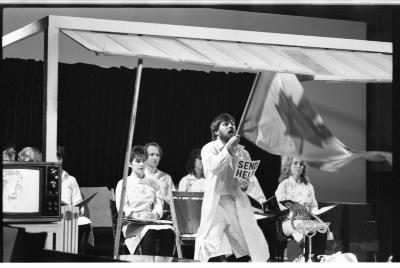
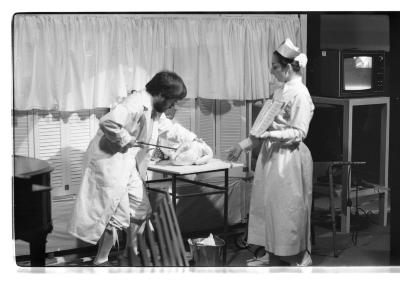
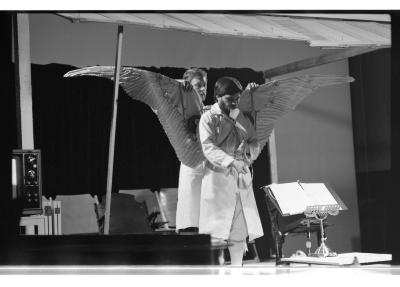




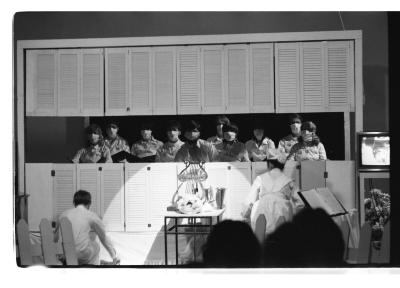



Captions:
- Tom Graff, Tom's Diary, An Art Convention, photo documentation, May 28, 1982.
- Tom Graff, Tom's Diary, An Art Convention, photo documentation, May 28, 1982.
- Tom Graff, Tom's Diary, An Art Convention, photo documentation, May 28, 1982.
- Tom Graff, Tom's Diary, An Art Convention, photo documentation, May 28, 1982.
- Tom Graff, Tom's Diary, An Art Convention, photo documentation, May 28, 1982.
- Tom Graff, Tom's Diary, An Art Convention, photo documentation, May 28, 1982.
- Tom Graff, Tom's Diary, An Art Convention, photo documentation, May 28, 1982.
- Tom Graff, Tom's Diary, An Art Convention, photo documentation, May 28, 1982.
- Tom Graff, Tom's Diary, An Art Convention, photo documentation, May 28, 1982.
- Tom Graff, Tom's Diary, An Art Convention, photo documentation, May 28, 1982.
- Tom Graff, Tom's Diary, An Art Convention, photo documentation, May 28, 1982.
- Tom Graff, Tom's Diary, An Art Convention, photo documentation, May 28, 1982.
